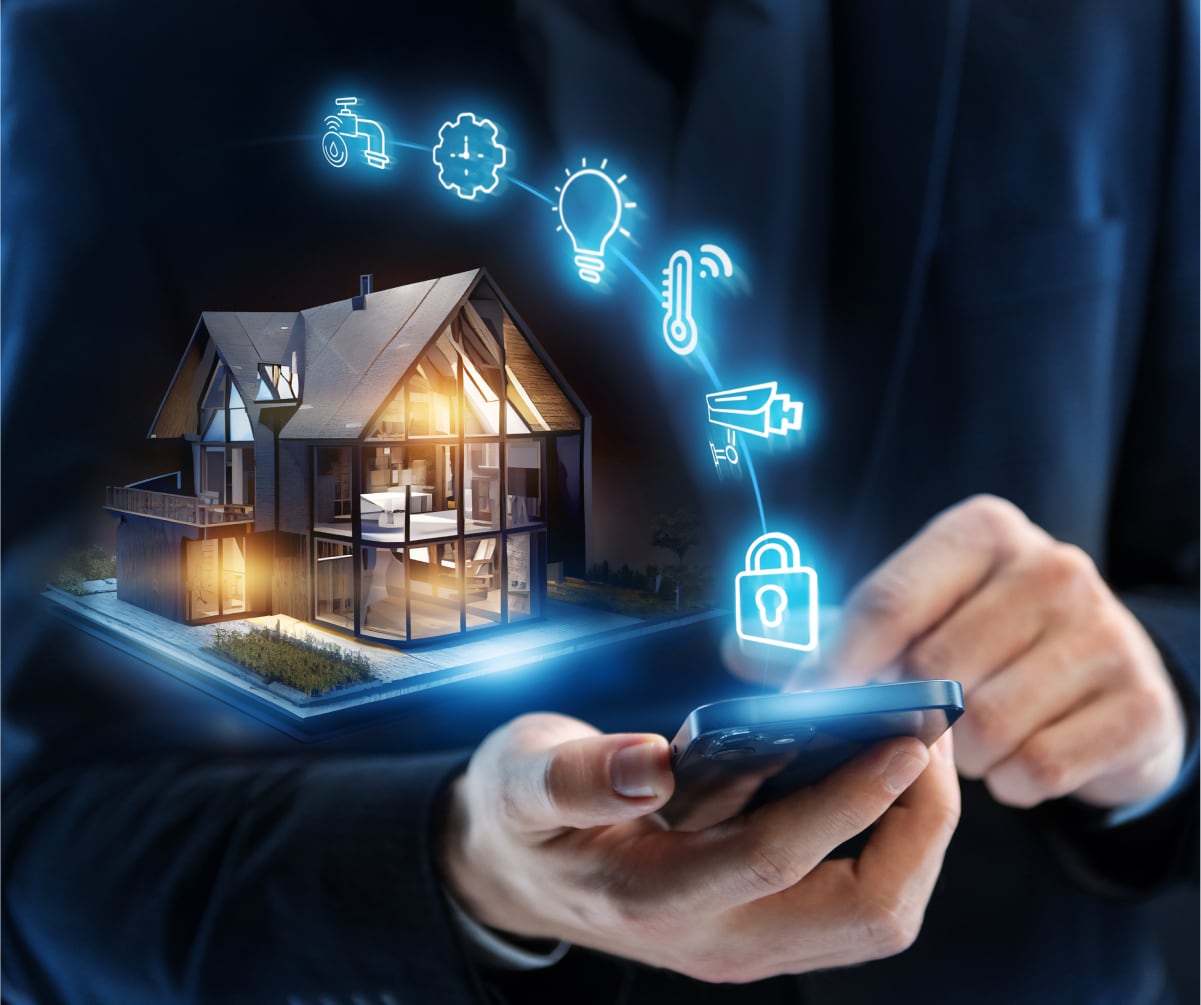Energy self-sufficient residential quarter
Conception of an energy self-sufficient residential quarter based on a geothermal-based energy management system


Conception of an energy self-sufficient residential quarter based on a geothermal-based energy management system


The project serves as a model for future urban developments as it shows how neighborhoods can be made energy self-sufficient by integrating modern technologies and sustainable energy concepts. It provides a blueprint for similar projects in other cities and regions by testing innovative solutions for energy supply in urban areas.
The aim of the project is to develop a district that is characterized by extensive energy self-sufficiency. This means that the energy supply within the district is largely covered by local, renewable energy sources in order to make a contribution to sustainable urban development. The measures aim to make the district as independent as possible from external energy sources and at the same time contribute to reducing CO₂ emissions.


Several measures to increase energy efficiency are planned in the "Energy self-sufficient residential district" project. The renovation of existing buildings and the construction of new buildings are intended to minimize energy consumption in the district and use existing energy sources more efficiently. The new buildings are to be constructed to high energy standards, e.g. as passive houses or energy-plus houses, which generate more energy than they consume.

The installation of solar panels on roofs and other suitable surfaces in the neighborhood is one of the main measures for generating electricity from renewable sources. These systems are intended to cover a significant proportion of the energy requirements. In addition, geothermal systems are to contribute to energy generation. Deep boreholes with an integrated heat exchange system, known as geothermal probes, are planned to tap into geothermal energy.

These systems automatically control the operation of heating systems and other energy-intensive appliances based on the availability of renewable energy or current energy prices. This minimizes energy consumption and adapts it to generation.
Digital technologies are used to efficiently control energy generation, storage and distribution and make optimum use of available resources, making a significant contribution to achieving energy self-sufficiency.

Smart Home systems can be integrated into the individual buildings in the district, enabling residents to monitor and control their energy consumption in real time. This helps to raise awareness of how to use energy more consciously. With these digitalization measures, everyone is involved in controlling the system and comfort is increased at the same time


The transfer of knowledge and the application of the developed intelligent building control systems enable companies to monitor and control their energy consumption. Systems such as IoT (Internet of Things) network energy and heat consumers in order to optimize energy use.

Geothermal systems are used to heat and cool buildings. In summer, they dissipate the heat from the buildings into the ground and reuse the stored heat in winter to heat buildings and provide hot water. The constant ground temperature allows the heat pumps to work more efficiently.

Our mission is to create and maintain affordable housing in the state capital Dresden. With this task, we assume social responsibility.